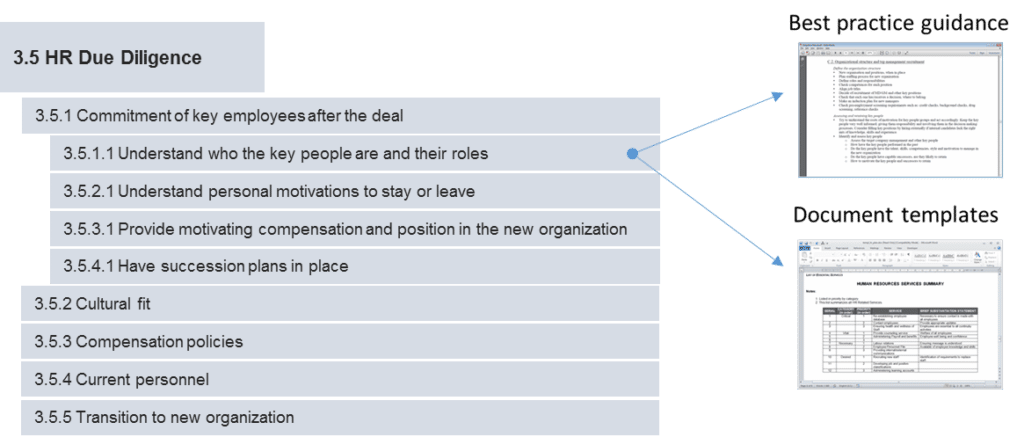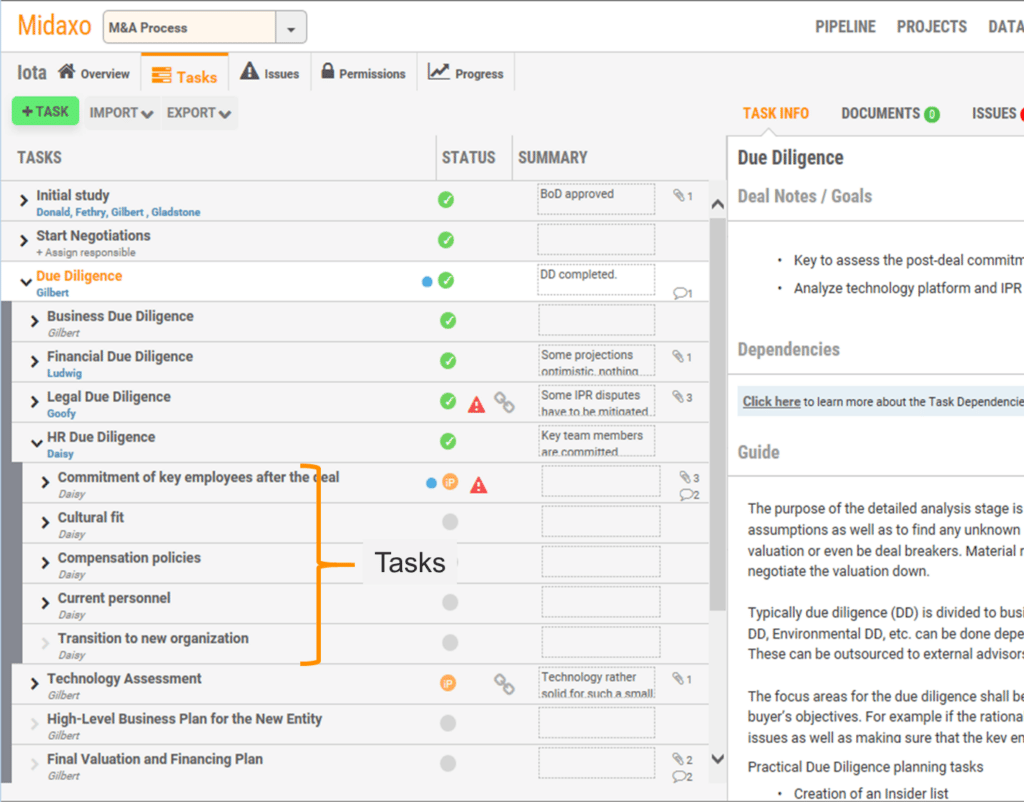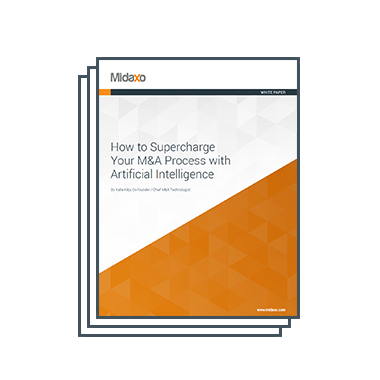Article revisited on June 6th, 2017M&A capability is built around people, processes, and tools. Good people are, of course, the most important thing to have, but a good process + good tools can significantly increase the success rate.
A good M&A process helps people focus on the right things and follow M&A best practices. Good M&A tools help run the process with discipline, transparency and effective collaboration. Having every deal go through a standard set of considerations reduces deal risks and helps the organization learn from mistakes. New stakeholders are productive with less training and consultants can be used more efficiently.

The steps for creating a systematic acquisition process:
- Set clear stages and decision gates that all deals have to follow
- Define key considerations and deliverable for each stage
- Institutionalize a platform that provides top-down visibility to the M&A pipeline and individual deals.
Every VP of M&A has a slightly different preference for the phasing. Here’s one example:

Establish best practices, checklist, and templates to drive work
The key deliverables and considerations should be further broken down to subtasks that include objectives, best practice guidance, and templates.

Focus on commercial logic, risk mitigation and deal execution
A good acquisition process focuses on 1) commercial logic, 2) risk identification and reduction, and 3) deal execution.

An M&A platform institutionalizes the process and makes work more efficient
Midaxo’s M&A software platform shows the whole M&A pipeline visually, with each deal as a card. This gives to management a good helicopter view to deals. Also, each deal has its own workspace with a deal-specific task structure, document management, issues tracking and collaboration.

Project workspaces are organized by process phases, deliverables and tasks. The tasks can have detailed best practice guidance and deal specific objectives.

Integrated document management links relevant documents to tasks:

Any material findings can be flagged:

Calls, meetings, and other events can be scheduled and documented easily:

Process compliance reports show how well the process has been followed:

When a deal is ready to be moved to the next stage, the process that led to that point is transparent to the decision makers and they can drill down to all documentation or any identified issues.
Key takeaways
A good process combined with good tools can significantly impact M&A success.
Reduce Risk
- Every deal goes through a standard set of considerations
- Enterprise-wide visibility & reporting in a unified format
- Reuse M&A best practices, don’t make the same mistake twice
Use resources more efficiently
- Delegate easily, less training & briefing
- Use consultants more efficiently
- Let the seller take some of the workload
Do more deals in parallel
- Evaluate more opportunities – find the best ones
- Realize M&A goals faster





